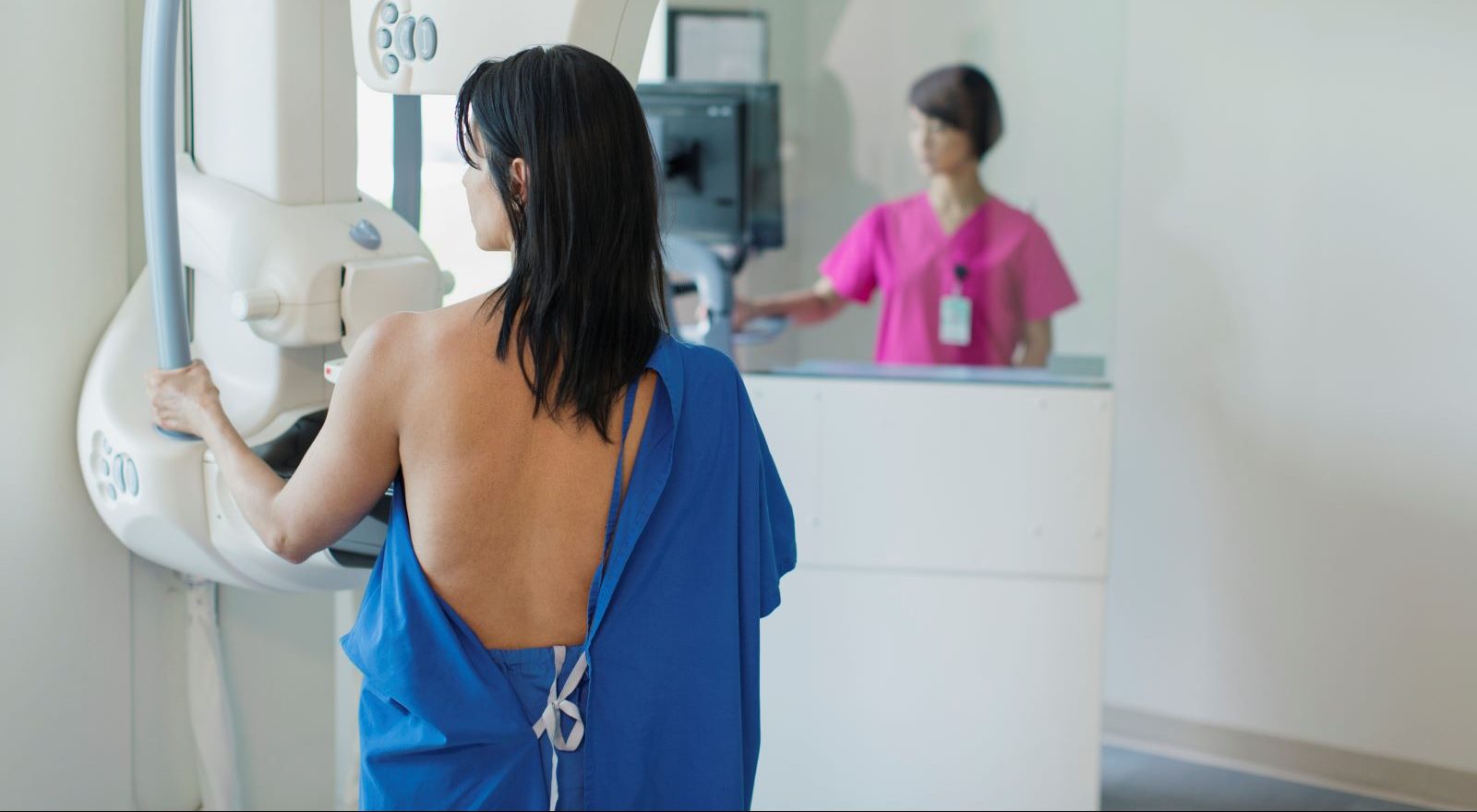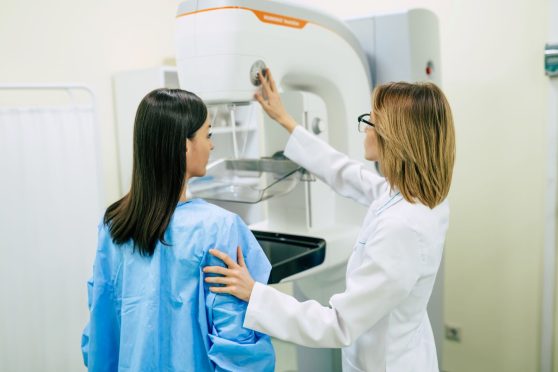Every woman has heard tales of the big bad mammography machine and the painful experience that accompanies it.
Are myths like this keeping you from scheduling your annual breast cancer screening?
Diana James, MD, director of breast imaging with Jefferson Radiology at Hartford Hospital, hopes to help ease those fears.
“A mammogram typically takes 30 minutes from start to finish, a small commitment to possibly find cancer in the breast at its earliest, most treatable stage,” she says.
Here are five common mammogram myths, and why they shouldn’t stop you from getting this life-saving screening.
1. Myth: You need to be over 50 to get a mammogram.
Fact: The recommended age to start annual breast cancer screening is 40. And one important distinction determines if women should start testing earlier: family history.
“Women with a history of breast cancer in their family should talk to their provider. If it’s a strong family history, they may need to start screening before age of 40,” Dr. James explains, adding that these are generally women with a genetic predisposition for breast cancer or whose mother was diagnosed with the disease before age 40.
2. Myth: The radiation used in mammograms is dangerous.
Fact: Advancements in technology leave current mammography machines using a very low dose of radiation to capture necessary images of the breast. In fact, the dose is much less than a standard chest x-ray, Dr. James notes.
> Related: Are Breast Self Exams Still Worth My Time?
3. Myth: Mammograms hurt.
Fact: Yes, a little pressure is needed to get the best images, but Dr. James says the newer 3D technology, tomosynthesis, isn’t painful. The key to minimizing discomfort, she adds, is not scheduling your mammogram close to your period, when your breast tissue is more sensitive, and staying relaxed during the scan.
4. Myth: Women with breast implants can skip mammograms.
Fact: “We still need to check tissue around the implants. We can actually move the implant out of the way a little bit for the picture,” Dr. James says. Women with dense breast tissue and implants should also have a screening breast ultrasound to best see tissue behind the implant, she adds.
> Want more health news? Text StartHere to 85209 to sign up for text alerts
5. Myth: Mammograms don’t work on small breasts.
Fact: While small breasts offer less tissue to scan, the new technology coupled with skilled technicians still allows for an effective scan. Different size paddles on the mammography machine can be used if needed. And the same amount of pressure is needed either way – so don’t worry about any extra pain if you have smaller breasts.
So whatever myths have been keeping you from your mammogram, don’t risk putting it off any longer. Those thirty minutes just might save your life.



